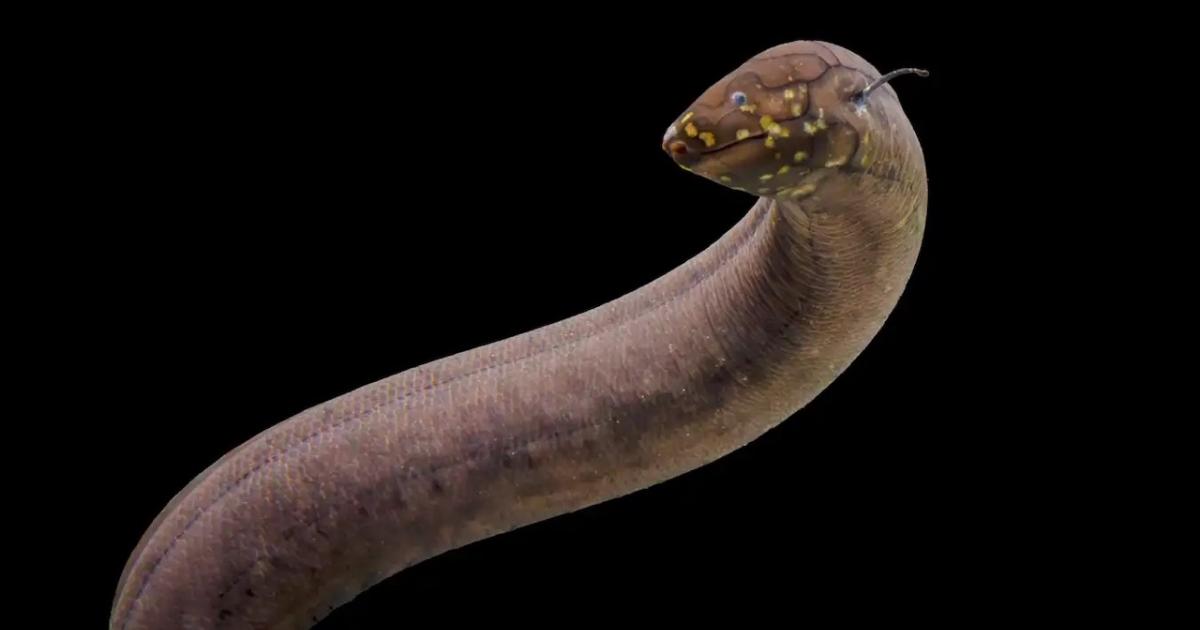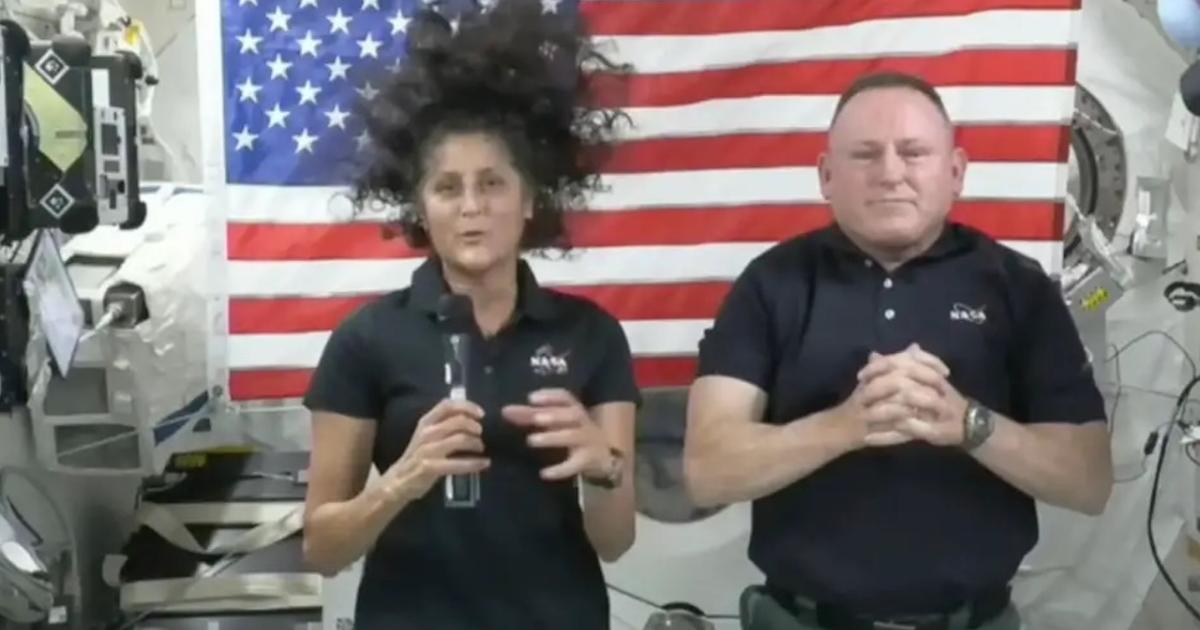
Mars has just revealed a new secret: frost has been discovered at the top of its giant volcanoes, an unexpected discovery that will allow a better understanding of the water cycle on the Red Planet, which is essential for future explorations.
This scene was captured by chance from Mars orbit by the European Space Agency's (ESA) Trace Gas Orbiter (TGO) probe, at Tharsis Dome near the Martian equator, describes a study published Monday in the journal Nature Geosciences.
It is a vast highland area, with a diameter of about 5,000 kilometers, and includes enormous volcanoes that became extinct millions of years ago. Among them is the largest mountain in the solar system, Mount Olympus, which is 22 kilometers high, three times more than Mount Everest.
No one expected to find frost there. “We thought it was impossible around the equator of Mars,” summarizes Adomas Valentinas, first author of the study behind the discovery.
Strong sunlight and very low atmospheric pressure “keep temperatures at a fairly high level at the summits and on the surface,” explains this researcher at Brown University in the United States, in an ESA press release.
In the Tharsis region, temperatures can drop to very low levels – up to minus 130 degrees at night – but they do not depend on altitude, “unlike on Earth, where we expect to see frozen peaks,” he analyses.
Furthermore, the atmosphere of the Martian equator is particularly low in water, making condensation difficult. Frédéric Schmidt, a professor at the University of Paris-Saclay and one of the authors of the study, explained to Agence France-Presse that “other probes detected frost, but in the most humid areas, especially in the northern plains.”
Hair thickness
Therefore, the discovery was pure coincidence. The TGO probe, which has been orbiting Mars since 2018, has the advantage of being able to observe its surface at all hours of the day, as a planetary scientist specializing in ice in the solar system points out.
So I was able to take pictures when the first rays of sunlight arrived. “We saw bright blue deposits there, with a special texture that we only see in the early morning and in the cold seasons,” he says.
You had to have a keen eye because the ice deposits are thin – the thickness of a hair – and the phenomenon is subtle. But the amount of frost present on the summits of the four volcanoes (Olympus Mons, Askrios Mons, Arsia Mons, and Seronios Tholos) represents “150 thousand tons of water circulating between the surface and the atmosphere daily, equivalent to 60 swimming pools in the Olympic Games.” Comments from the European Space Agency.
How do we explain that? The study's authors suggest that a microclimate exists within volcanic calderas and their vast circular craters. The winds will move up the mountainsides, “bringing relatively humid air near the surface to higher elevations, where it condenses and deposits as frost,” says Nicholas Thomas, co-author of the study.
“We have observed this phenomenon on Earth and in other regions of Mars,” adds the principal investigator of TGO's Color and Surface Stereo Imaging System (CaSSIS) of the TGO.
Modeling the process of frost formation should allow us to better understand the water cycle – the dynamics of its movement between the surface, atmosphere, equator and poles – “one of the best kept secrets” of the Red Planet, according to the European Space Agency. .
An important step for future human and robotic exploration. The professor predicts: “We can extract water from frost for human consumption, and launch rockets from Mars by separating oxygen and hydrogen molecules.”s Schmidt.
The ability to map water on Mars – which currently exists only in the form of vapor or ice – is also ultimately essential for the search for traces of life, which was made possible by the presence of liquid water. Between 3 and 3.5 billion years ago.






